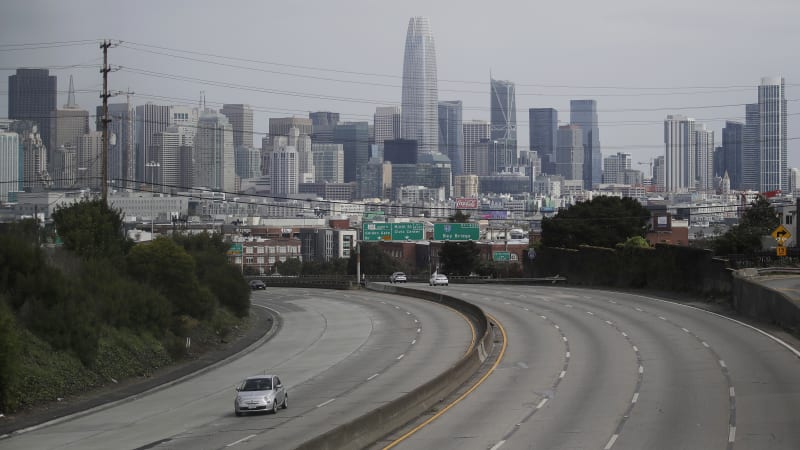Prepare for post-pandemic auto insurance hikes

2020 wasn’t too dependable in the “good news” department, but one of its few silver linings was a near-universal decline in auto insurance premiums. According to ValuePenguin’s 2021 “State of Auto Insurance” report, that reprieve will soon come to an end.
Those who saw big discounts and refunds in 2020 may be surprised to learn that the average cost of premiums nationwide only dropped about 1.7%, despite what the report authors described as an “unprecedented” drop in insurance claims. Premiums have been climbing steadily over the past decade, making 2020 an aberration, but not a significant one. The nationwide average went up more than 7% in 2017, ending several years of consecutively larger premium hikes.
Even in the states with the highest average premiums, the average cost of insurance didn’t decrease substantially. Michigan, which has the highest premiums in the country by a huge margin (more than 3.5 times the national average; $7,406 vs. $1,636), only saw its rates drop 4.3%. Arkansas and Ohio saw larger declines, but still less than 5%.
“Auto Insurance premiums are 106% more expensive when compared to a decade ago,” the report says. “While 2021 sees its first drop in auto insurance premiums in a decade, rates are significantly higher than what Americans paid a decade ago, and rates have increased every year since.”
Start saving now: 2021 Vehicles with the Cheapest Insurance Rates
And that insignificant dip is likely to be short-lived. While a lot of it depends on how public policy and workplace trends shift as the country emerges from pandemic-related restrictions, the bottom line is that insurance premiums are expected to go right back up. And if it doesn’t happen in 2021, it’s only a matter of time.
“Auto insurance rates are likely to rebound” in 2021, the report says. “This is primarily due to the possibility of the economy opening up more across the U.S., which will increase travel needs and the number of accident claims.”
Per Fitch, auto insurance claims cratered in the first half of 2020, with major insurers reporting drops of around 30%. The severity of those claims, however, went up by an average of about 10% in both the bodily injury and property damage categories.
Superficially, one could assume this means more accidents happened at higher speeds due to the decline in road traffic, but it would stand to reason that the reduction in smaller, low-speed claims also played a part in skewing the curve. Traffic deaths declined 2% in 2020 while speeding violations spiked.
“The increase in distracted driving, and more expensive claims from smart technology in vehicles will continue to drive rate increases,” a ValuePenguin spokesperson told Autoblog.
And while insurance rates may have decreased almost universally in 2020, the same was not true of all purchasing and ownership costs. Per an analysis of new-car buying trends by AAA, the only new-car ownership costs that are expected to remain lower than the previous five-year average are those of fuel and financing.







